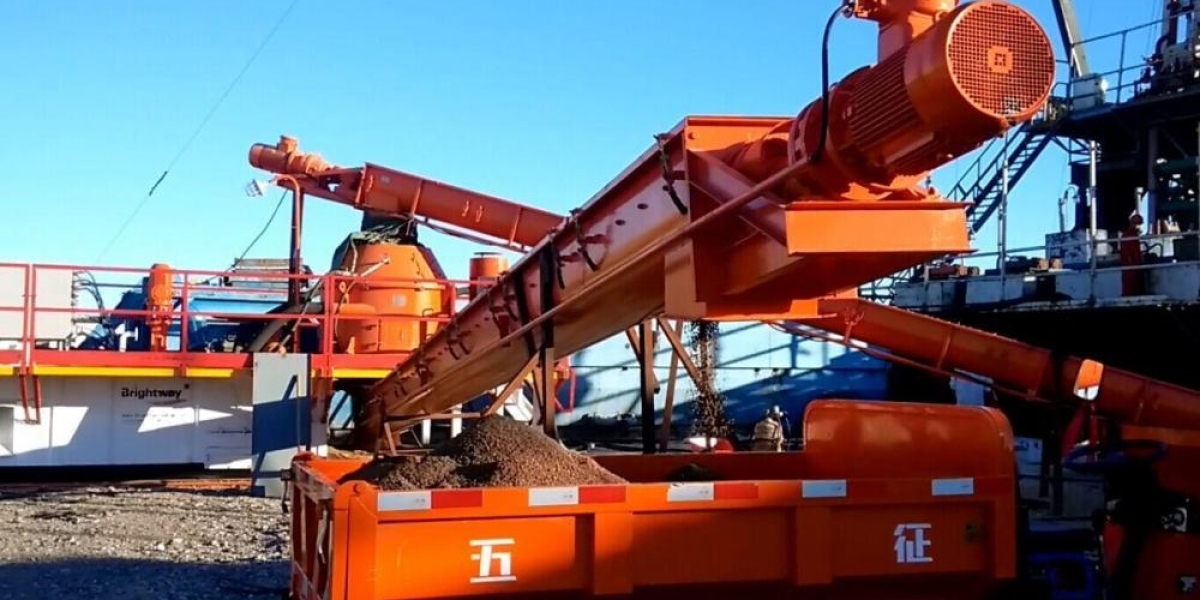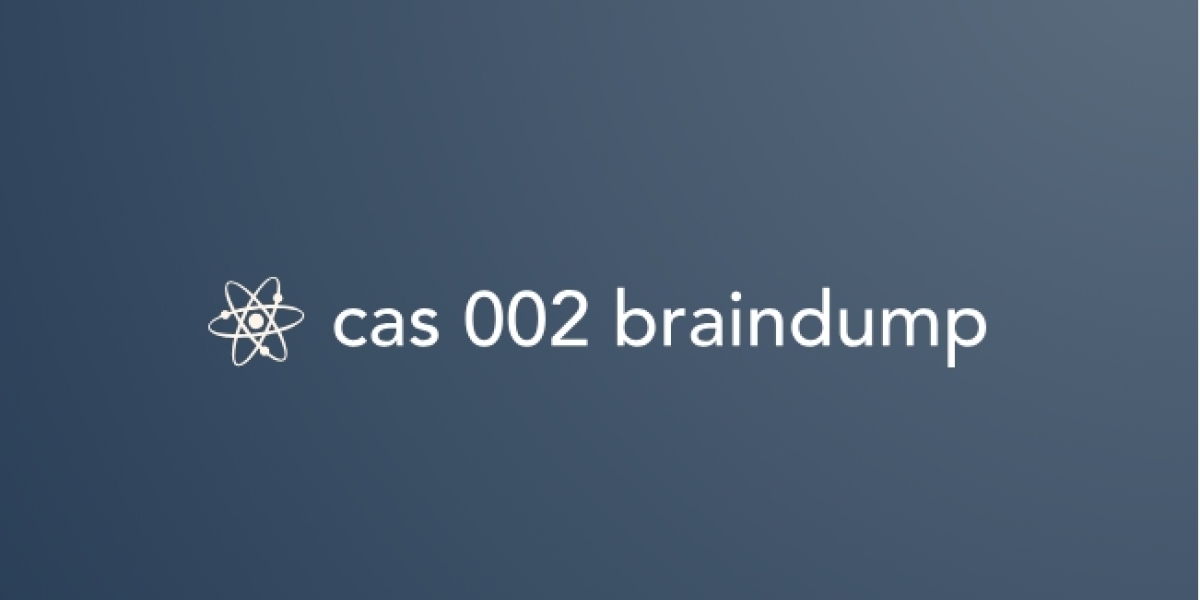Introduction to Drilling Wastes
Drilling operations involved in exploration and production of oil and natural gas generate large amounts of wastes such as drill cuttings, drilling fluids, produced water, and domestic wastes. Improper handling and disposal of these wastes can pollute the environment and harm public health. Proper management practices are needed to minimize risks from drilling wastes.
Drill Cuttings and Drilling Fluids
Drill cuttings and drilling fluids are the main waste streams during drilling operations. Drill cuttings are rock fragments produced from drilling through rock formations. Drilling fluids, also called drilling muds, are mixtures of different fluids and solids that are pumped down the drill pipe and out of the drill bit. Drilling fluids perform important functions like lubricating and cooling the drill bit, carrying cuttings up from the wellbore, minimizing formation damage, and maintaining well control. However, drill cuttings become contaminated with oil-based or water-based drilling fluids during the drilling process.
Regulations for Onshore Drilling Waste Disposal
Onshore Drilling Waste Management operations in many regions are subject to strict environmental regulations regarding waste disposal. Drill cuttings contaminated with oil-based drilling fluids cannot legally be discharged to land or surface water and must be transported offsite for special handling and disposal. For water-based drill cuttings, several disposal options are allowed including land farming, land spreading, and disposal in licensed disposal facilities. Operators are responsible for following regulatory protocols for sampling, testing, manifesting, documenting, and permitting waste disposal activities. Regular inspections help ensure compliance with disposal regulations.
Offshore Drilling Waste Challenges
Offshore drilling poses unique challenges for managing wastes due to logistical constraints of operating in marine environments. Discharging oil-based cuttings or used drilling fluids directly overboard is banned in most jurisdictions. Offshore operators generally use sophisticated solid control equipment to recover cuttings onboard the rig, contain and treat drilling wastes, Then transport recovered cuttings back to shore for approved disposal. Produced sand is also carefully managed to prevent accumulation on the seafloor.
Waste Recycling and Reuse Opportunities
Innovative recycling approaches aim to reduce the environmental footprint of drilling wastes. Recovered drill cuttings cleaned of drill fluid residues can potentially be reused as construction aggregates where soils allow. Drilling fluid systems utilizing synthetic-based muds rather than oil-based muds minimize waste volumes. Rig-based solid control systems optimized for offshore conditions enhance cuttings recovery and reduce environmental discharges. Recycled water from produced water treatment Systems help minimize freshwater needs.
Get More Insights On This Topic: Drilling Waste Management









